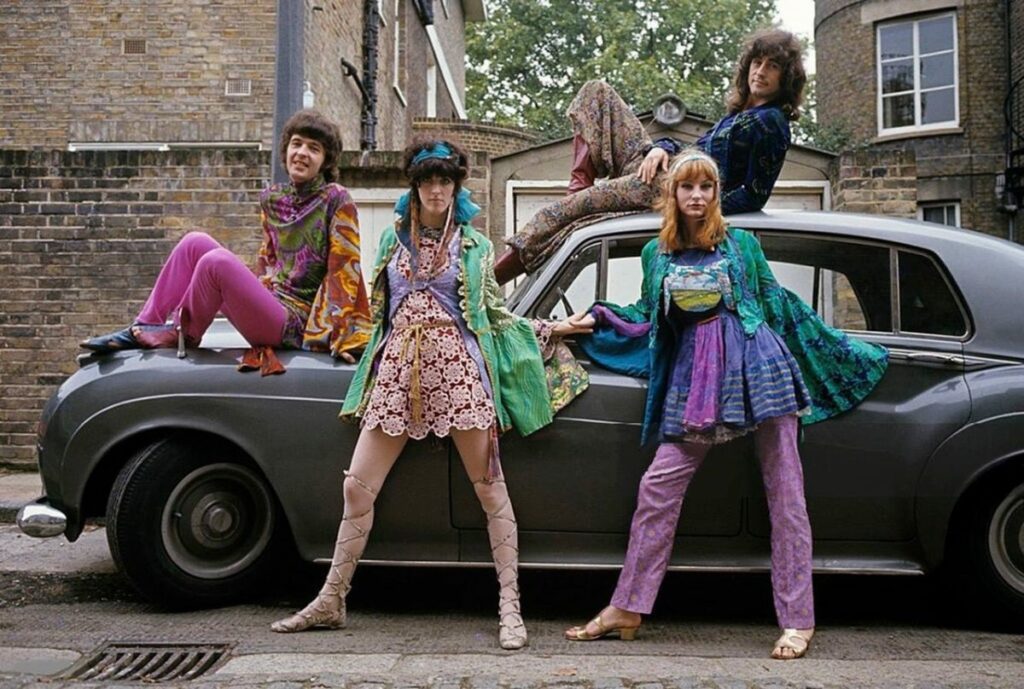
Photographer Philippe Le Tellier took these arresting images of psychedelic fashion in London, which were featured in the Paris Match magazine (October 1967 issue).
The 1960s brought the peace movement, hippie communes, and broad movements in music, art, and fashion as well as cultural upheaval. Rejecting commercialization, young rebels embraced psychedelic clothes as a creative mirror of the evolving society.
Used on both men’s and women’s apparel, psychedelic clothing style design—considered as unusual and anti-establishment—can be seen in fur-trimmed vests, wide bell-bottom denim pants, flowing caftans and flowery embellishes. Strong brilliant colors and whirling complex patterns define psychedelic clothes.
Frequent use of vivid, contrasting colors and typeset fonts which twist, inflate, and distort almost to the point of illegibility defines the psychedelic movement sometimes known as Psychedelia.
Inspired by eastern textiles and brilliant blooms, technicolor paisley prints gained all the appeal. The general look was intended to reflect the visual sensorium connected with rurally taken psychedelic drugs like LSD and psilocybin.
Artists like Jimi Hendrix, the Beatles, and Janis Joplin became icons of the psychedelic movement and are renowned for adopting the radically inventive designs and clothes linked with this era.
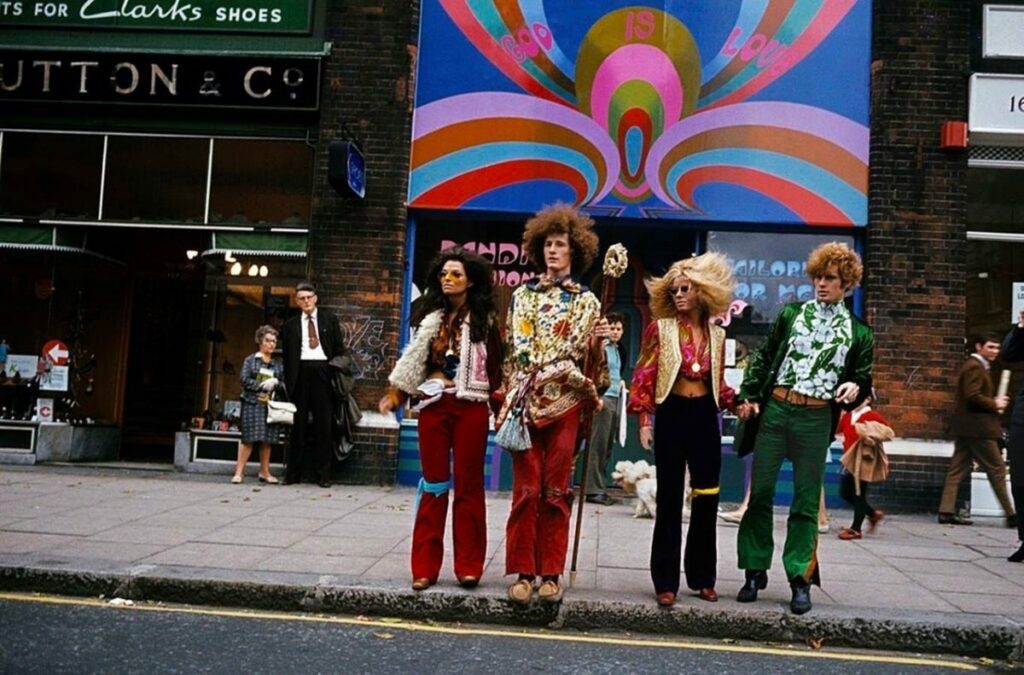
San Francisco poster painters such Rick Griffin, Victor Moscoso, Bonnie Maclean, Stanley Mouse & Alton Kelley, and Wes Wilson were leading advocates of the 1960s Psychedelic Art movement.
Inspired by Art Nouveau, Victoriana, Dada, and Pop Art, their Psychedelic Rock event posters reflected Among the most prominent of the time were posters promoting events in the Fillmore West, a concert auditorium in San Francisco, popular with hippie crowds.
Features of the San Francisco psychedelic poster art style are richly saturated colors in stark contrast, lavishly ornate text, firmly symmetrical structure, collage components, rubber-like distortions, and unusual iconography.
The style developed between 1966 and 1972, roughly. Their work quickly had an impact on album cover art; indeed, all the artists listed here also produced covers.
Developed for rock concerts, psychedelic light shows were a fresh art form. The lightshow artists produced bubbling liquid graphics that pulsed in time to the music using oil and dye in an emulsion sandwiched between big convex lenses atop overhead projectors.
This was used with slide presentations and video loops to produce an improvised motion picture art form and provide visual representation to the improvisational jams of the rock bands therefore generating a totally “trippy” environment for the audience.
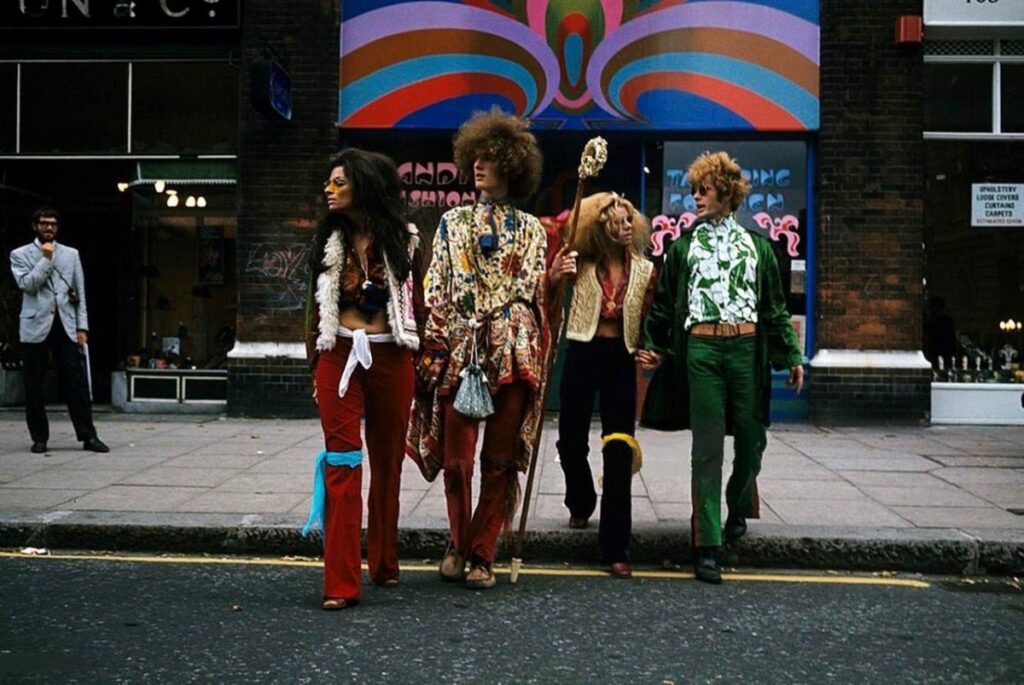
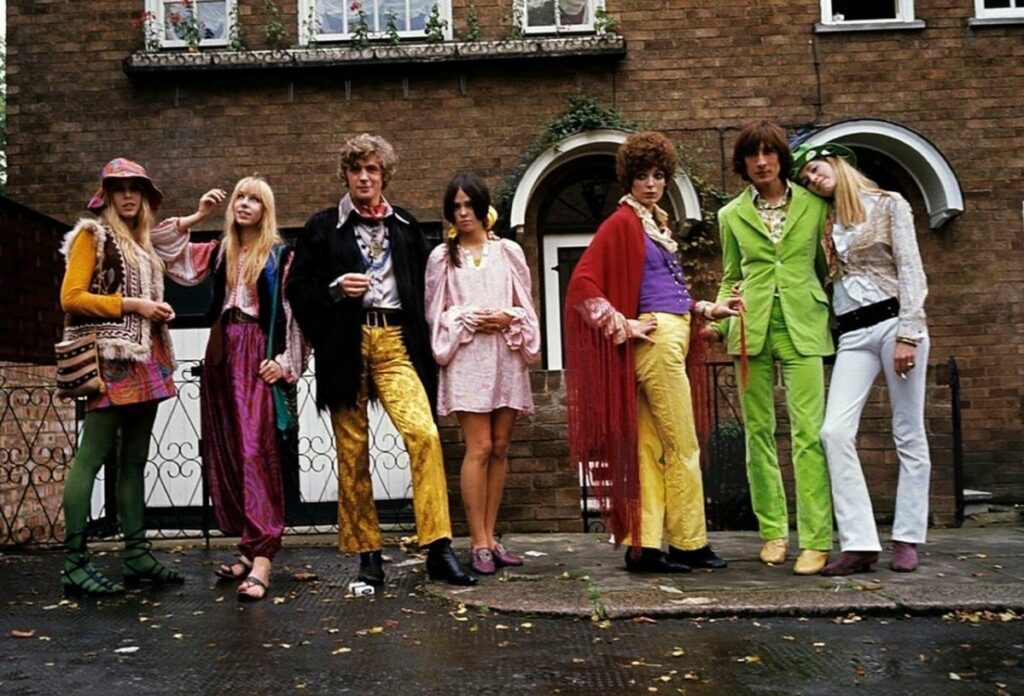
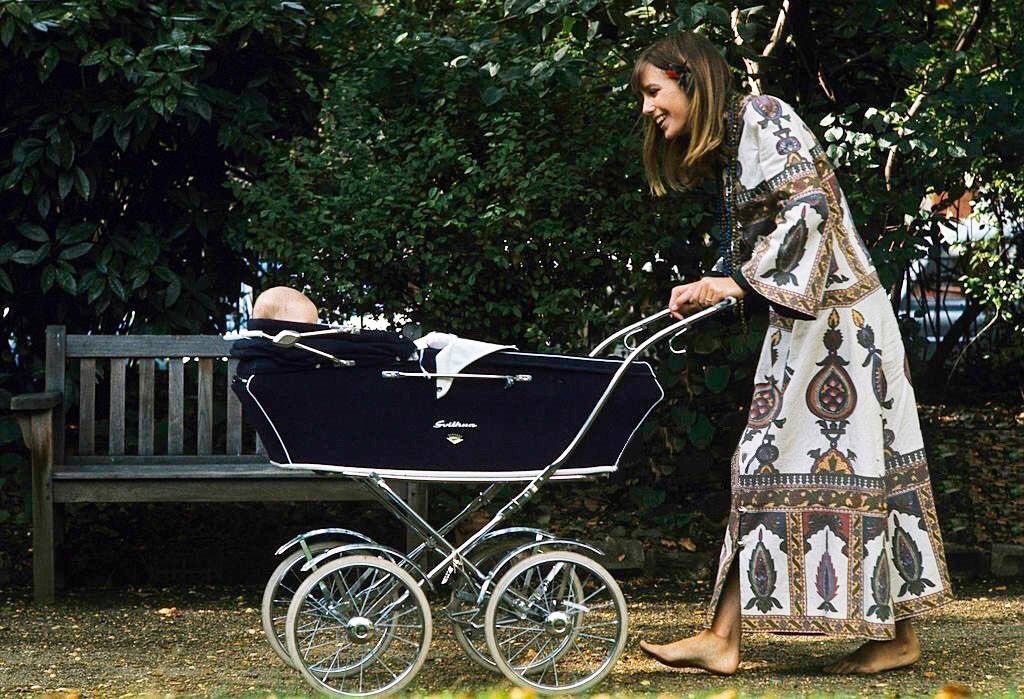
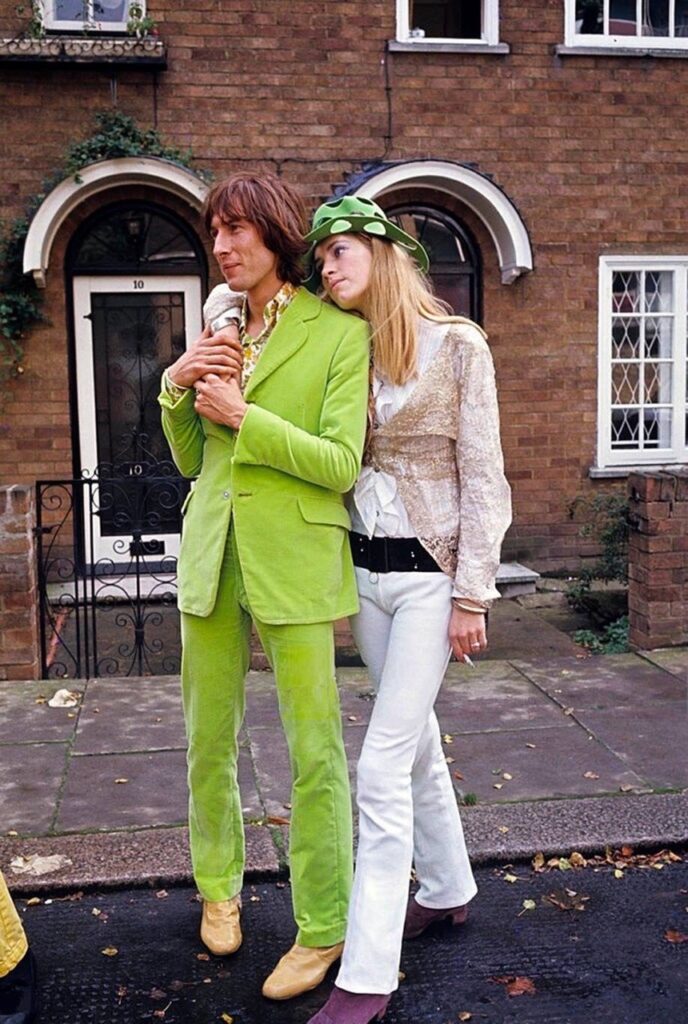
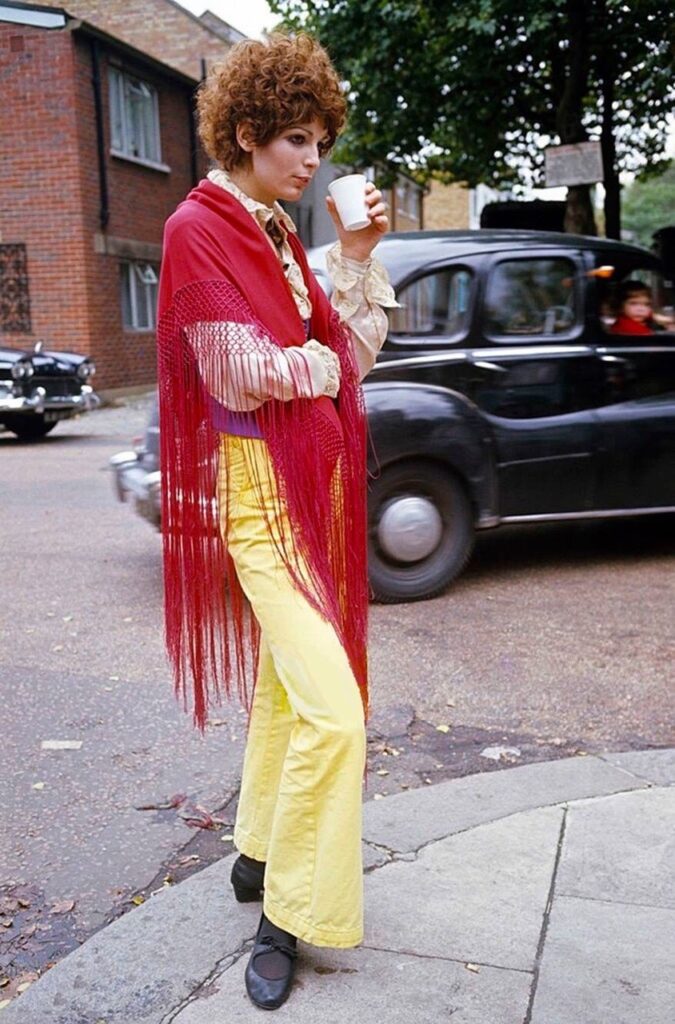
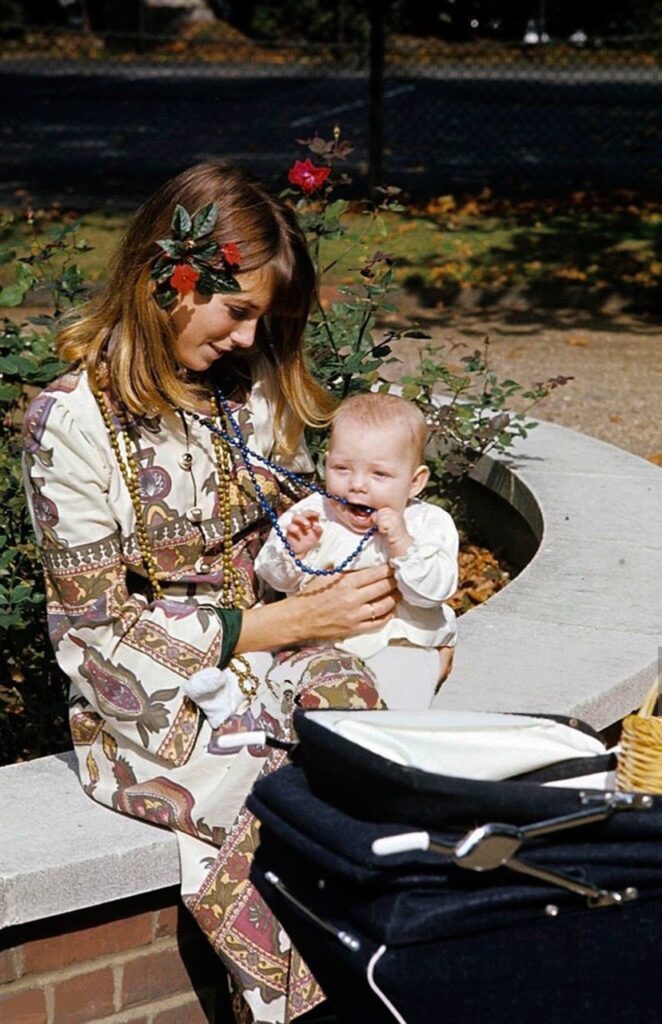
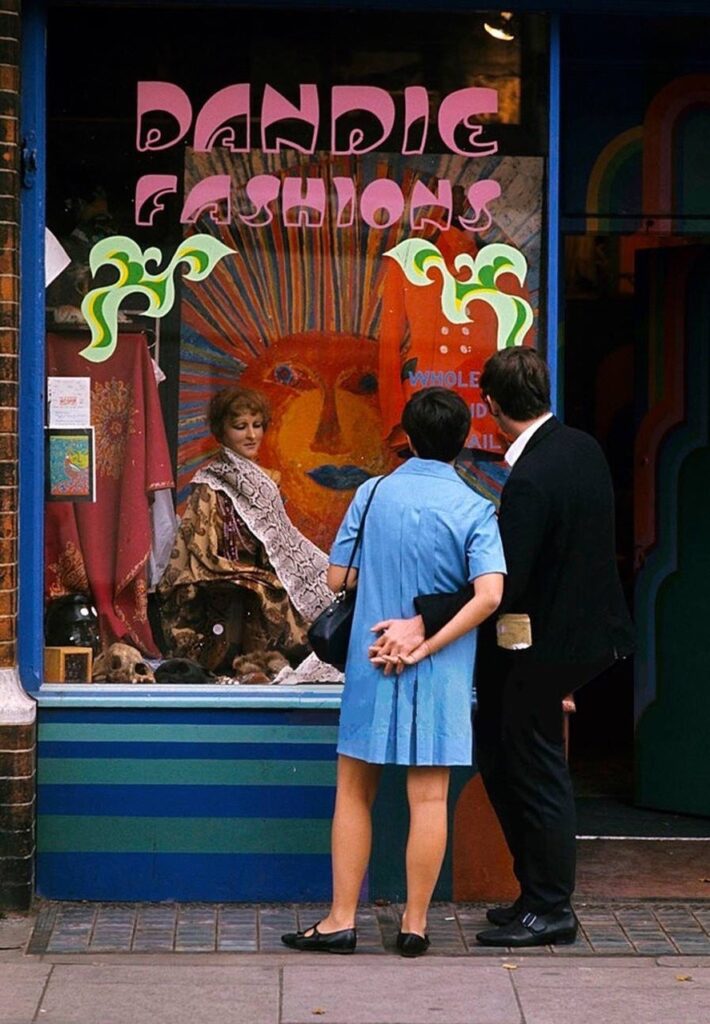

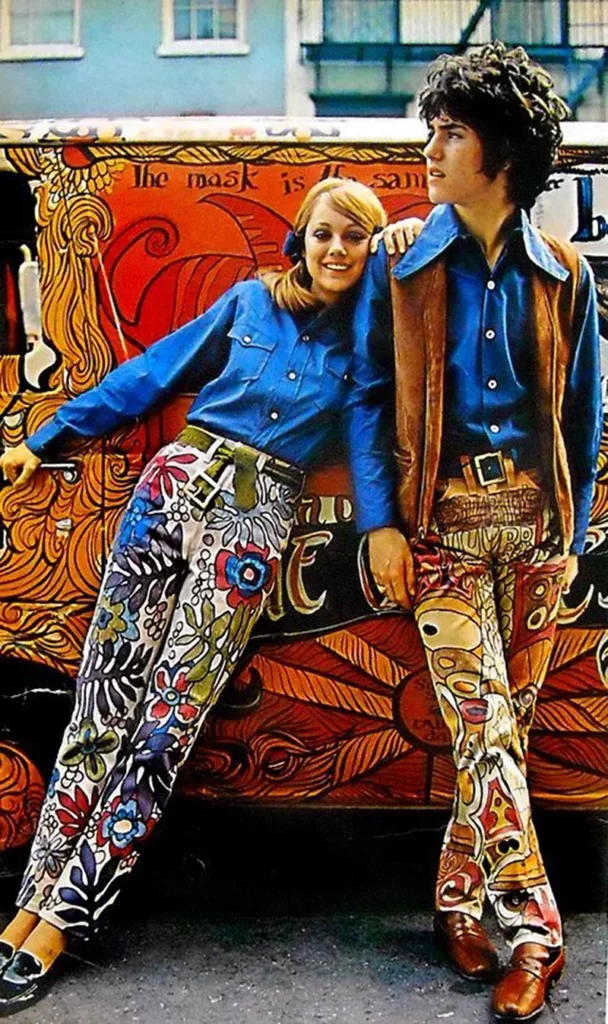
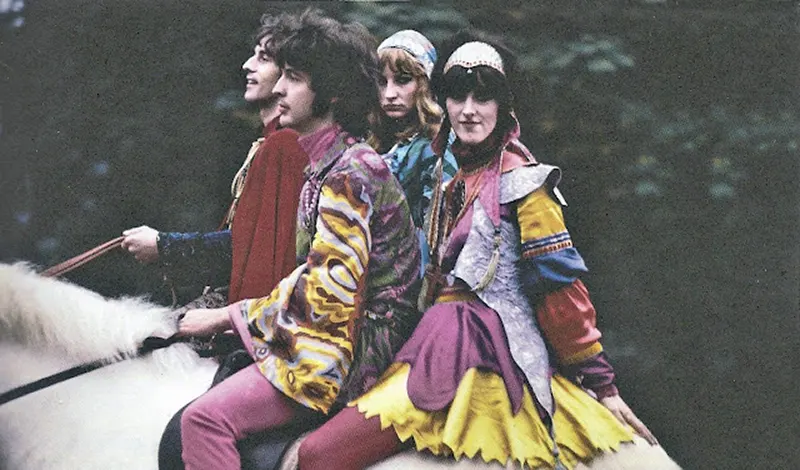
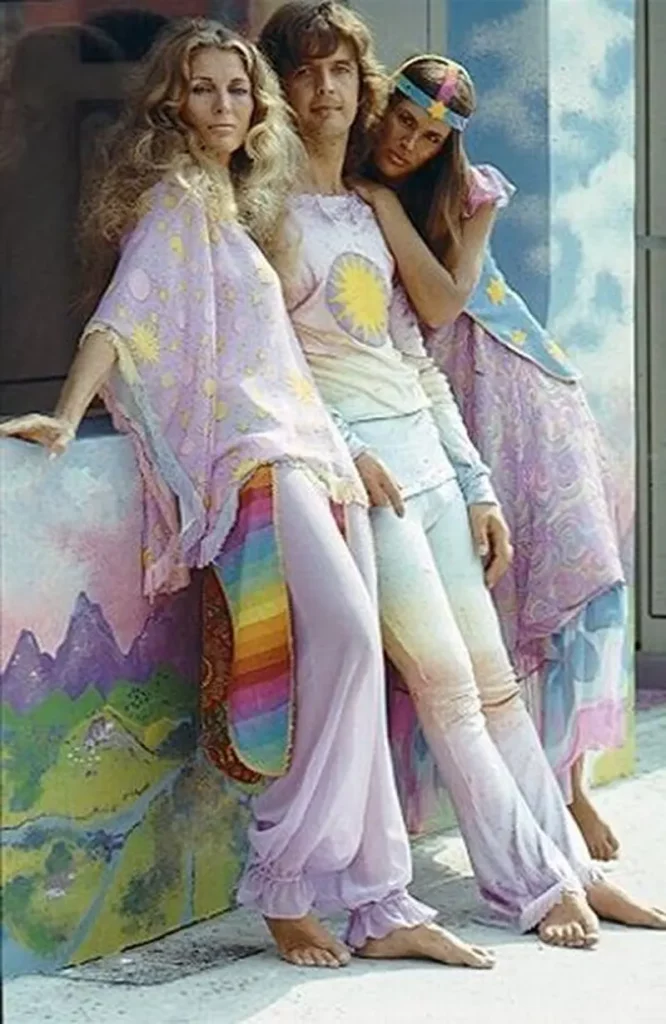

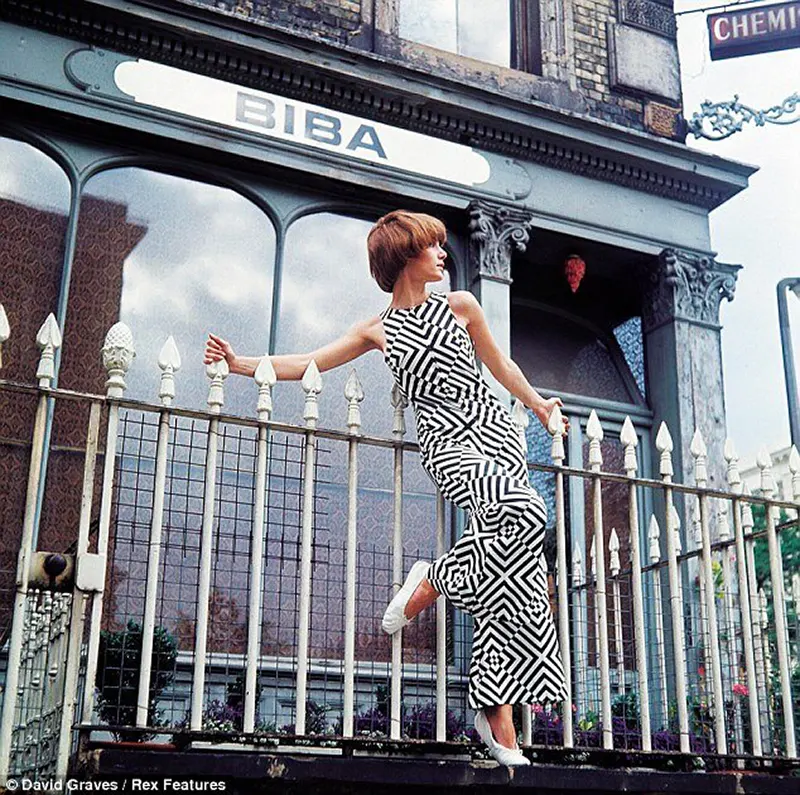
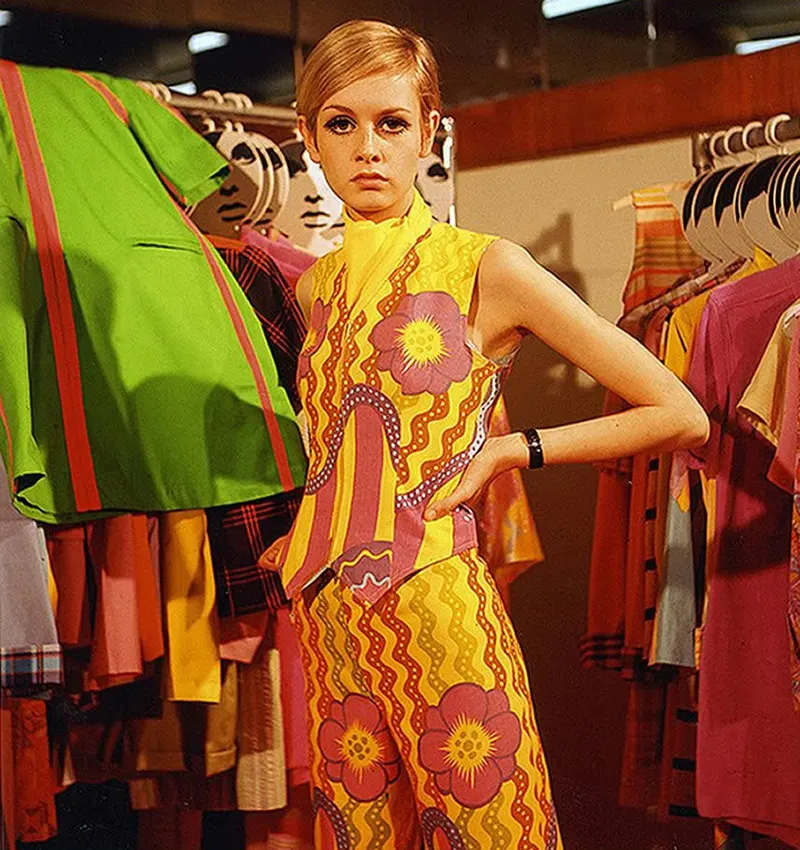
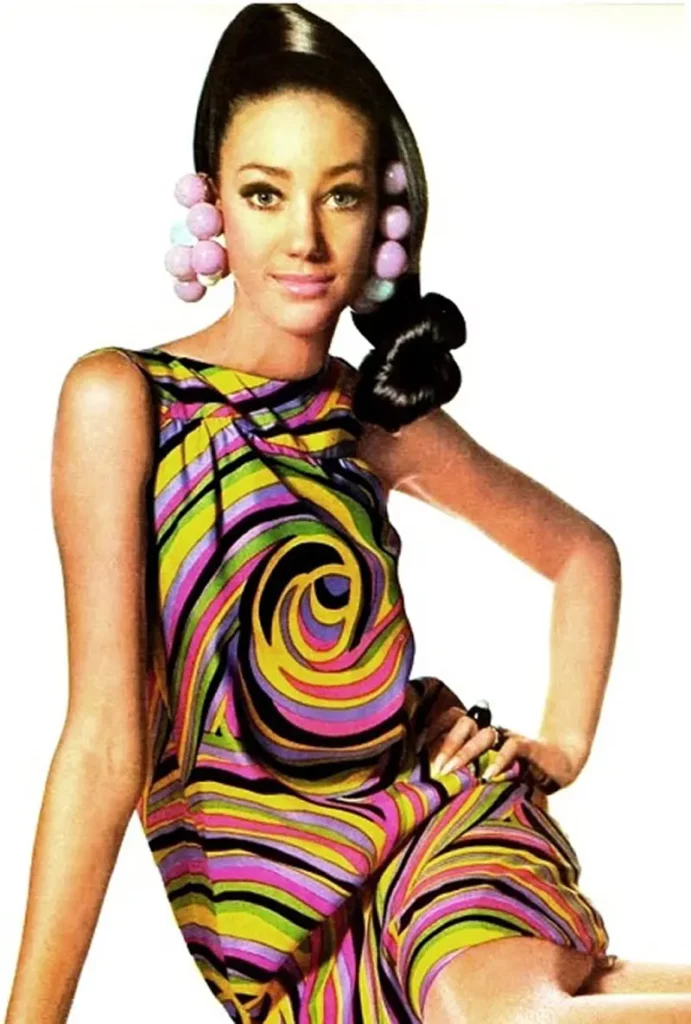
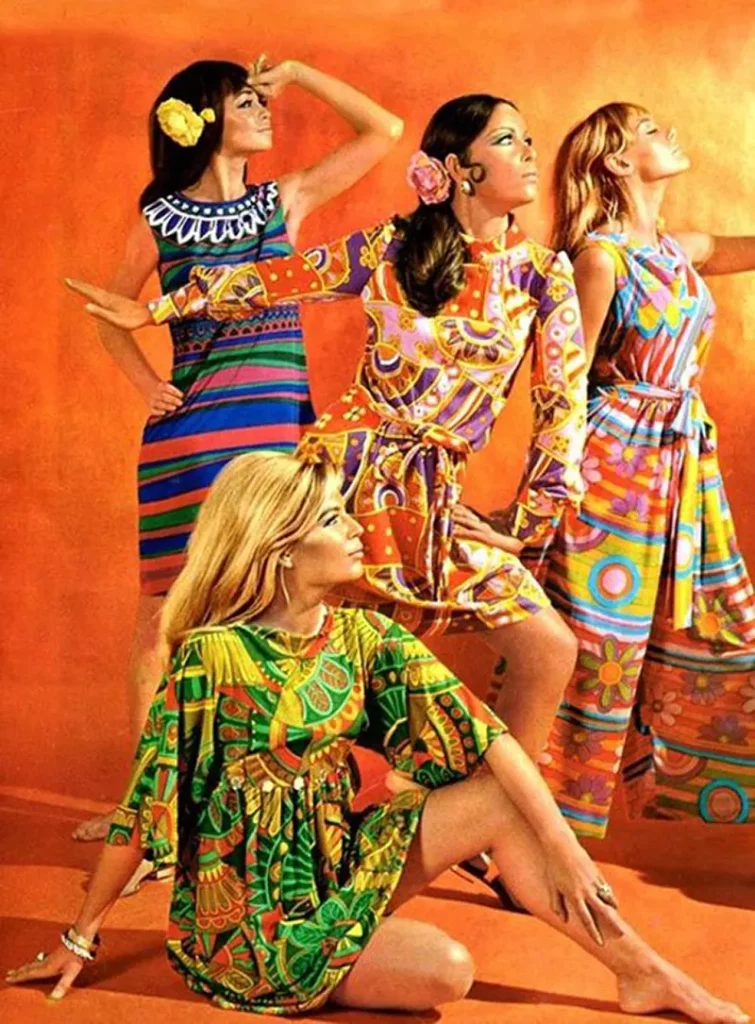
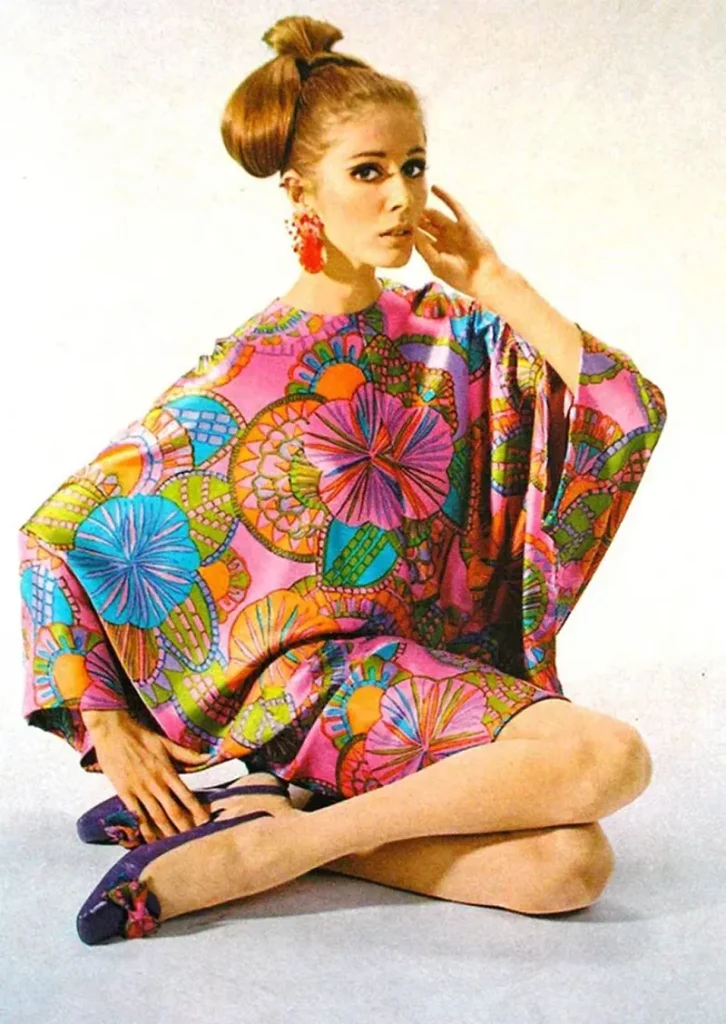
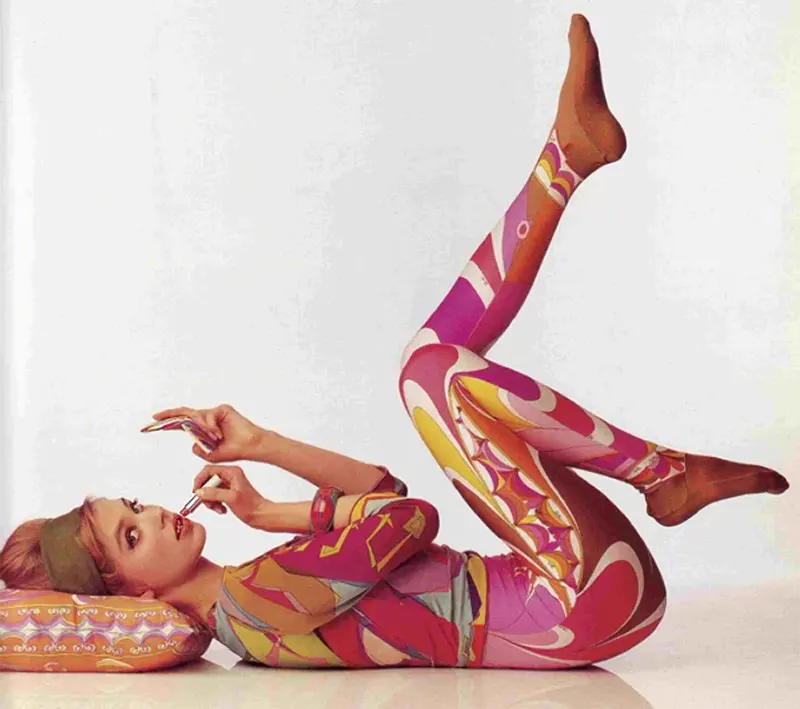
(Photo credit: Philippe Le Tellier / Paris Match / Pinterest / Flickr / Wikimedia Commons).
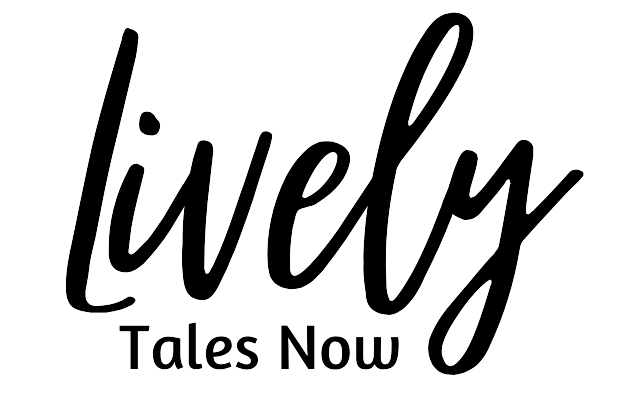

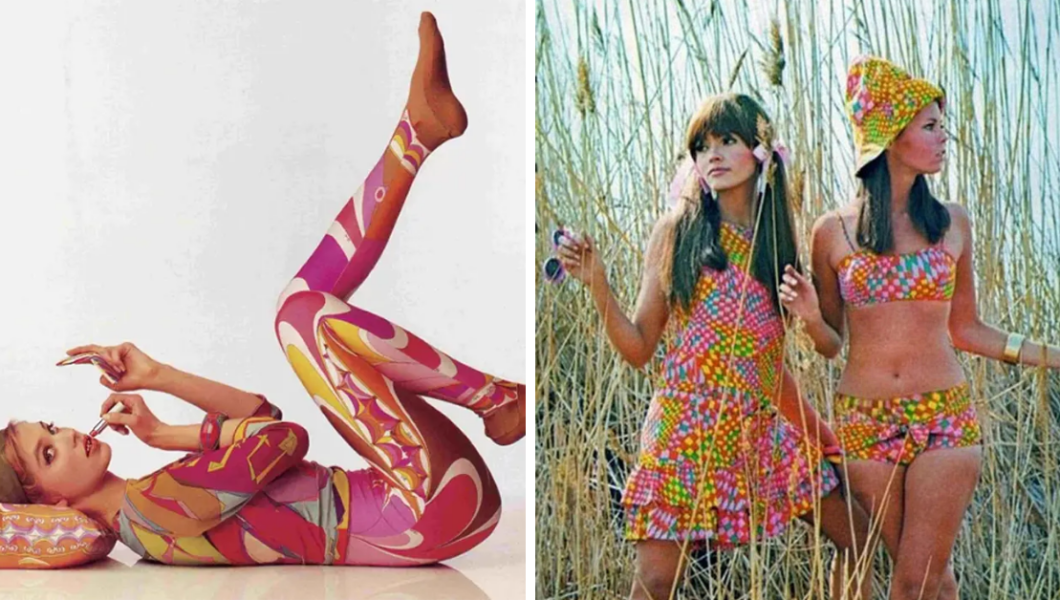
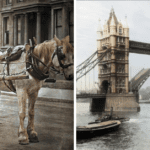

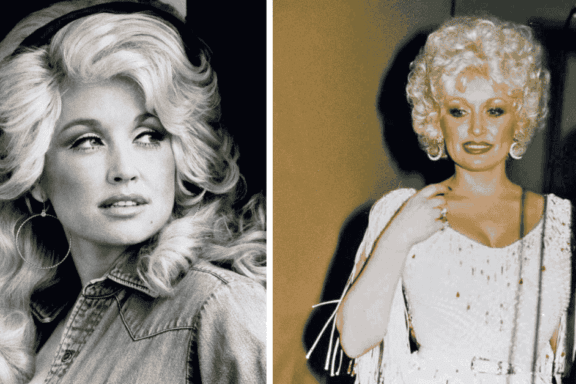
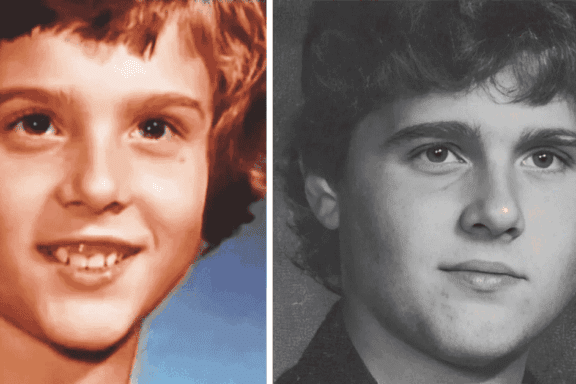
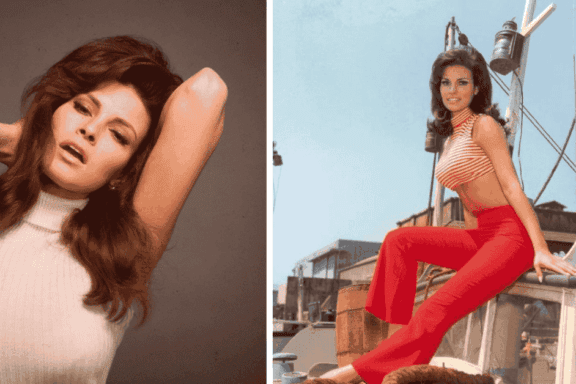
No Comments